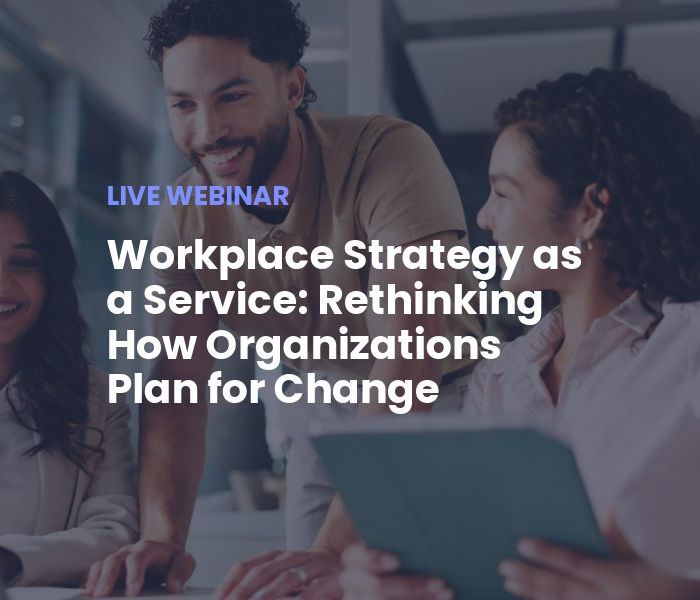In a hybrid workplace, employees will experience some days in the office and some days working remotely. This puts pressure on employers to bridge the gap between the virtual and physical work environments in order to create an ideal employee experience. So far, it seems obvious that employees want flexibility, but they also need a system in place to help them effectively manage dual workplaces.
The thing is, organizations are not just figuring out how to safely bring people back to work but also what the new model will look like for them. Hybrid work is all but a must these days, and so is having the solutions in place to support it, however it evolves. Especially during the transition period, as vaccination rates rise across the globe but infection rates and regulations fluctuate, maintaining flexibility and simplicity is critical.
While each company will match its policies to its unique needs, culture, and the characteristics of each office space, hybrid work is most effective when supported by good technology. Let’s review five of the most important capabilities that employers should strongly consider deploying to manage “the new normal”.
1. Hoteling/hot desks and remote room scheduling
Figuring out where everyone will sit when they come to the office really is the first, most critical step to getting hybrid work right. Establishing individual workspaces outside of the standard 1:1 employee-desk ratio is key to minimizing overhead costs. Why pay for everyone to have a dedicated desk they don’t use? But go too far, and you risk a mad scramble for available desks on a busy morning, and the same is true for meeting rooms. To top it all off, employees will surely want to know that their reservations align with social distancing requirements or personal preferences.
To accommodate all of this, employees need the ability to book their space ahead of time. And for that to be possible, they need to know exactly what’s available and when.
2. Office occupancy insights
In order to provide basic remote/in-office employee services such as hot desks and room booking, employers need an understanding of what space is available and when. Even before that, they need to know how their teams use the space and how often they use their in-office desks.
Using real-time workspace occupancy sensors, businesses can develop informed configurations with the right balance of individual and collaborative space. They can then provide real-time visibility to their staff of what’s available. In addition, occupancy sensors allow companies to enhance the way the office is set up over time. By generating insights and even forecasts around when employees are coming in and why they’re coming in, companies can plan and respond to the changing circumstances through the end of the pandemic and beyond.
Plus, once they have this data, they can use predictive modeling to dictate optimal sanitization and employee distancing protocols, or even inform cafeteria staffing for days when the in-office trends are higher.
3. Environmental sensors
Making the office easy and desirable to use doesn’t stop with bookable desks and short lunch lines. Facility managers will find tremendous value in using environmental sensors to monitor the behavior of the building itself. Factors such as temperature, humidity, light, noise, air pressure, and air quality in a workspace all contribute to office desirability and productivity and must be maintained.
Environmental sensors provide the information that provides the confidence to make changes that maximize employee comfort and safety. They make it possible to automate energy consumption and respond to air quality indicators such as (low) humidity that are proven to correlate with colds and respiratory illnesses.
Environmental sensors can also provide feedback and insights into the building itself. For example, they can identify temperature differences between desks by the windows and desks in the middle of the office, which may impact the way users reserve space. In order to respond appropriately to behavior trends, it’s important to know why they respond to space the way they do.
4. Proactive tech support
One of the more subtle but most important elements of hybrid work is managing the diversity of equipment and support requests that are no longer tied to a single office. Expensive hardware travels home and back, security updates aren’t deployed simultaneously on the same network, IT and employees can’t troubleshoot in person… the list goes on.
That’s why it’s a smart idea to aggregate employee asset management processes into a single, software-enabled and automated workflow. Instead of waiting for something to happen, IT can receive alerts when certain equipment needs maintenance or an upgrade. This gives everyone time back to focus on more important things, and the risk of employee downtime due to tech issues goes down significantly.
5. Single interface for mobile employee control
Providing services like socially-distant hot desks, real-time room scheduling and unified support staff access are great benefits, but only if remote teams can easily take advantage of them. If they have to manage a bunch of different portals and web apps, they’ll give up and the value subsides. Instead, give them a single app they can use from anywhere. Providing one tool that houses their entire office-home connection makes it much easier for them to use and promotes its initial adoption and long-term usage.
Establishing a high-functioning hybrid workforce
Ultimately, high-functioning hybrid workforces are combining these technologies to understand how space is being used, when, where, and how. Those data-driven, simplicity-oriented organizations will enjoy an easier transition to hybrid work and set themselves up well to adapt to future changes. As time goes on, their experience using these solutions will help them design more space-effective office refits and retain more satisfied employees.
There is no doubt that this list of essential solutions will continue to evolve and grow. But as things change across the business, FM:Systems is here with a one-stop shop for all your hybrid work solutions.










